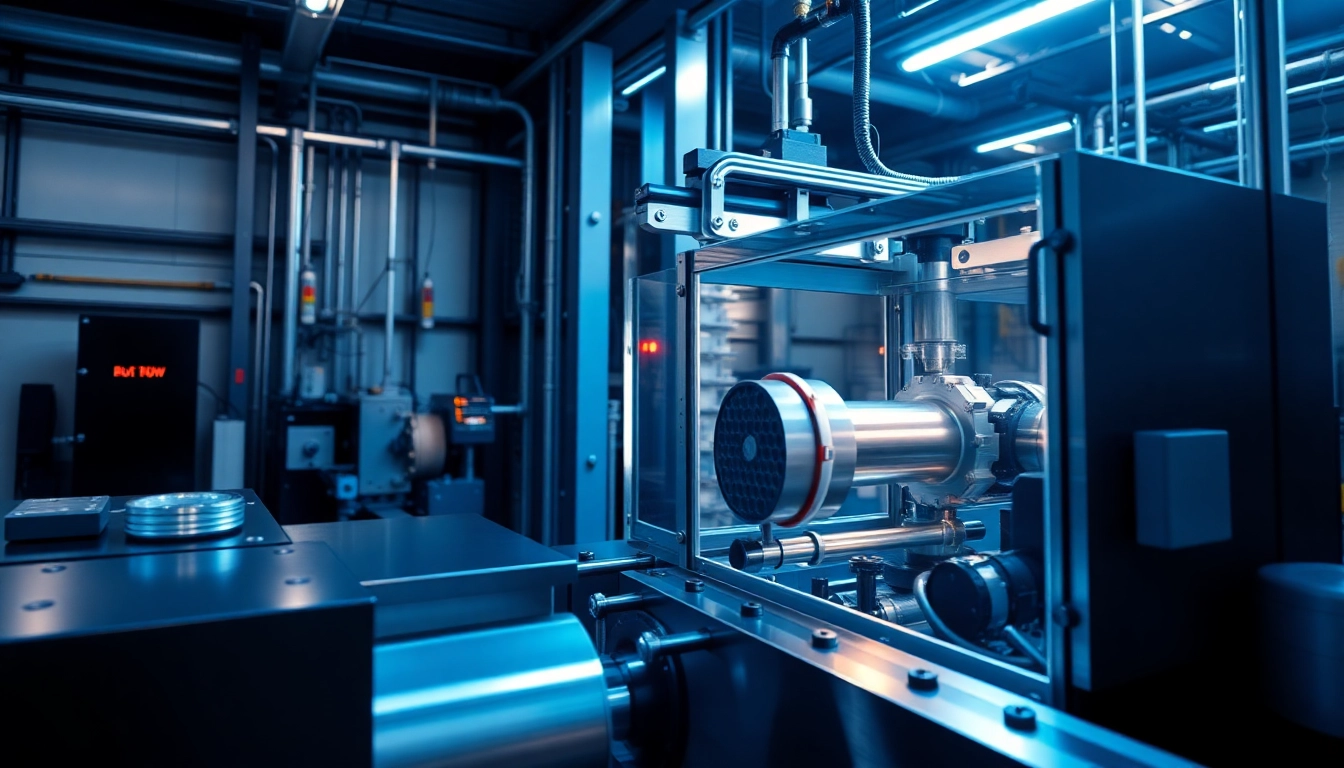Understanding Blow Molding Technologies
1. Overview of Blow Molding Processes
Blow molding is a manufacturing process used to produce hollow plastic parts. The principle is simple yet effective: it involves inflating a heated plastic tube (parison) within a mold to create a desired shape. This process is widely used in producing bottles, containers, automotive parts, and various industrial components. There are three primary types of blow molding processes: extrusion blow molding (EBM), injection blow molding (IBM), and stretch blow molding. Each method has its unique advantages and is suited for different applications.
2. Differences Between Injection and Extrusion Blow Molding
The choice between injection blow molding and extrusion blow molding depends primarily on the specific requirements of the product. Injection blow molding begins with the creation of a preform, which is then heated, stretched, and blown into the mold, resulting in high precision and excellent surface finish. It is typically used for producing small to medium-sized containers in precise dimensions.
On the other hand, extrusion blow molding involves extruding a molten tube of plastic, which is then enclosed in a mold and inflated. This technique is notable for its efficiency in high-volume production and is ideal for larger containers. While IBM offers more versatility in terms of shape and finish, EBM tends to excel in cost-effectiveness when producing high quantities of similar items.
3. Applications Across Industries
Blow molding finds application across numerous industries, including:
- Consumer Goods: Most commonly for bottles of beverages, health and beauty products.
- Automotive: Used to create components such as fuel tanks, dashboards, and various housings.
- Industrial Applications: Manufacturing storage containers and large tanks for chemicals and other liquids.
- Packaging: Innovative solutions for packaging food, pharmaceuticals, and household items.
Key Features of Modern Blow Molding Machines
1. Automation and Efficiency Enhancements
Modern blow molding machines come equipped with advanced automation features, enhancing production efficiency and consistency. These machines utilize servo motors and programmable logic controllers that ensure precise control over the forming process, which reduces material waste and optimizes cycle times. The integration of robotics facilitates automated loading and unloading, further streamlining operations and minimizing human error.
2. Energy Consumption Management
Energy efficiency is a critical consideration in the manufacturing sector. Contemporary blow molding machines are designed with energy-saving technologies that lower the overall consumption. Features like variable frequency drives adjust motor speeds according to operational demand, leading to significant reductions in energy costs over time. Manufacturers are investing in energy-efficient blow molding machines to enhance sustainability and reduce operational expenses.
3. Durability and Maintenance Considerations
Durability and ease of maintenance are paramount when selecting a blow molding machine. Modern machines are constructed using high-grade materials designed to withstand rigorous production conditions. Regular maintenance checklists, coupled with remote monitoring capabilities, allow for proactive service and repairs, minimizing downtime. A reliable manufacturer typically provides extensive support systems to help clients maintain peak operational efficiency.
Choosing the Right Blow Molding Machine Manufacturer
1. Evaluating Manufacturer Track Records
When searching for a blow molding machine manufacturer, due diligence is essential. Evaluate the company’s history, reputation in the industry, and track record of successful installations. Reading customer feedback and case studies can provide insight into their capabilities and service quality. Leading manufacturers such as Uniloy, Wilmington Machinery, and Jomar Corporation have established themselves through consistent delivery of quality machinery and innovative technologies.
2. Understanding Customer Support and Service Options
Robust customer support and service offerings can significantly impact the total cost of ownership of a blow molding machine. Ensure that the manufacturer provides comprehensive training, readily available spare parts, and responsive technical assistance. Maintaining an ongoing relationship with a support team enhances operational uptime and performance.
3. Comparisons of Leading Industry Players
To make an informed decision, compare different manufacturers in terms of technology, pricing, and the range of blow molding machines offered. For instance, Blow Molding Machine Manufacturer may provide various options tailored to specific industry needs. Researching innovations from competitors can also provide insightful perspectives on advancements worth considering.
Case Studies of Successful Implementations
1. Increased Productivity with Advanced Technology
One case study involves a major beverage manufacturer that adopted high-speed rotary blow molding machines. After implementation, they reported a 30% increase in productivity due to faster cycle times and reduced labor costs through automation. The ability to produce a larger number of bottles without compromising quality resulted in substantial revenue growth.
2. Cost Reductions and Efficiency Gains
Another example is an automotive component supplier that transitioned to a dual-station blow molding machine. This upgrade cut down production costs by 25% through reduced energy consumption and optimized material usage. With the new system, they could achieve higher throughput and lower operational costs, ultimately enhancing profitability.
3. Client Testimonials on Performance
Clients often share positive experiences related to the reliability and support provided by manufacturers. A plastics company noted that their investment in a new blow molding machine reduced their defect rate by 40%, leading to improved customer satisfaction and repeat business. Such testimonials highlight the importance of quality machinery and the manufacturer’s commitment to excellence.
Future Trends in Blow Molding Machinery
1. Innovations to Watch in Blow Molding
The future of blow molding technology is focused on smart automation and Industry 4.0 integration. Expect to see increased use of IoT-enabled machinery that provides real-time data analytics for decision-making. This data can help manufacturers optimize performance, predict maintenance needs, and enhance overall operational strategies.
2. Sustainability in Blow Molding Practices
As the global emphasis on sustainability increases, manufacturers are expected to adopt eco-friendly practices. This includes the use of biodegradable materials, recycling initiatives, and energy-efficient machines. The push for sustainable solutions is influencing product designs and processes in the blow molding industry.
3. Adapting to Market Needs and Demands
The ability to adapt to changing market demands will be essential for future success. Manufacturers must focus on flexibility within their operations, allowing them to pivot quickly in response to industry trends. Customization capabilities in blow molding machines will become a critical factor for manufacturers looking to differentiate themselves in a competitive marketplace.



